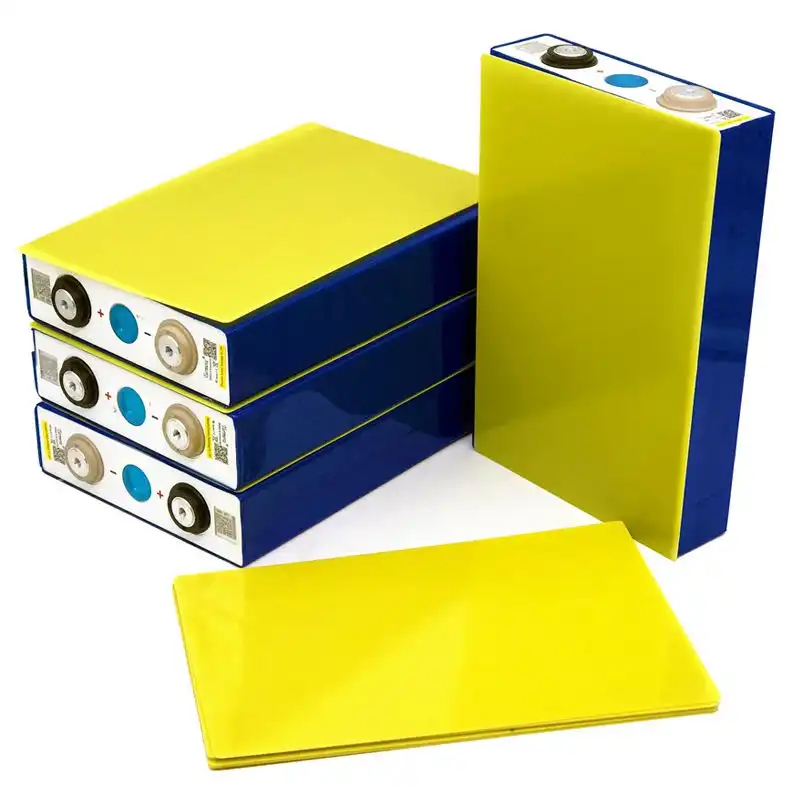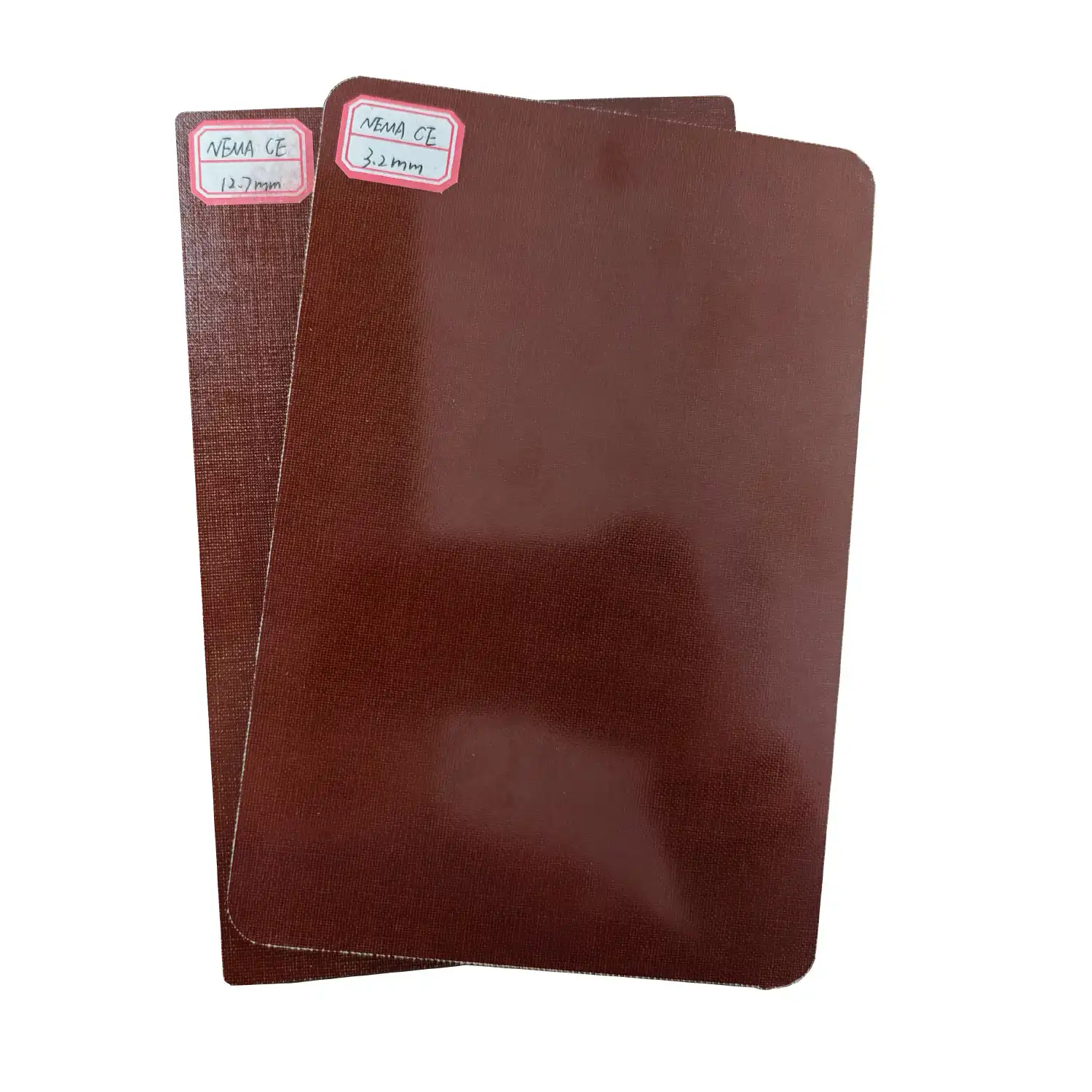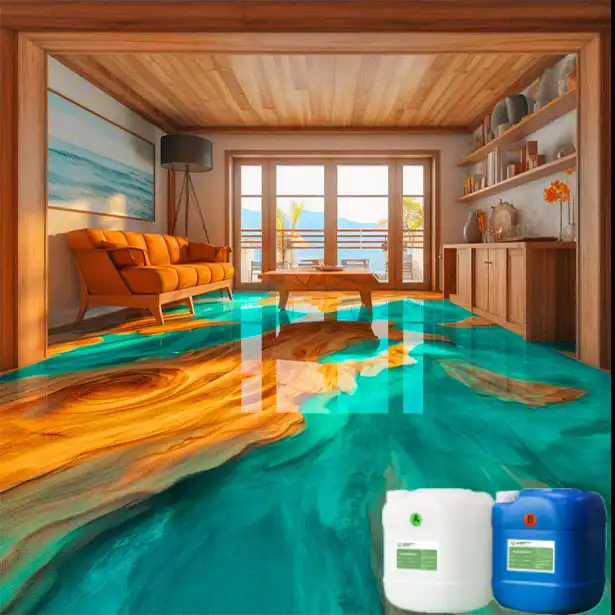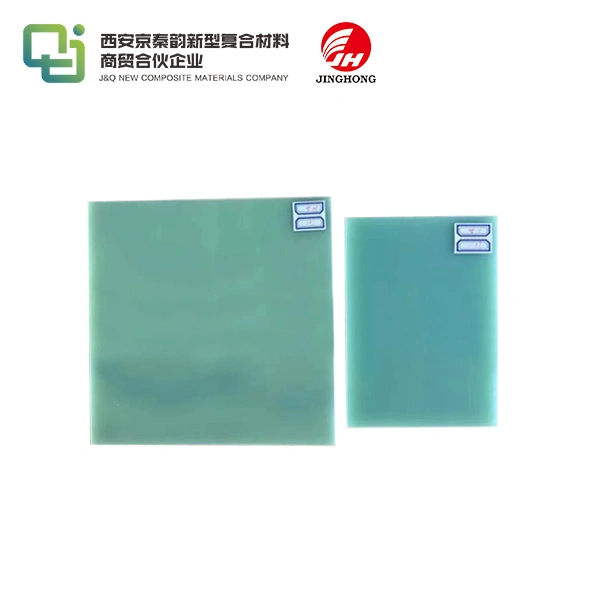What are the specifications and standards for FR4 sheets?
2024-08-12 14:36:41
When it comes to electronic components and circuit boards, FR4 sheets play a crucial role in ensuring the reliability and performance of various devices. As a widely used material in the electronics industry, FR4 sheets have specific specifications and standards that manufacturers and engineers must adhere to. In this blog post, we'll explore the key aspects of FR4 sheets, their specifications, and the standards that govern their production and use.
What Are the Specifications for FR4 Sheets in Terms of Dimensions and Grades?
FR4 sheets come in various specifications to meet different manufacturing requirements. Here are some key specifications to consider:
Thickness
FR4 sheets are available in a range of thicknesses, typically from 0.2mm to 3.2mm. Common thicknesses include 0.4mm, 0.8mm, 1.6mm, and 2.4mm. The choice of thickness depends on the specific application and design requirements of the PCB or electronic component.
Dimensions
Standard FR4 sheet sizes vary, but common dimensions include:
- 1000mm x 1000mm: A versatile size suitable for various PCB applications, providing a good balance between sheet size and ease of handling.
- 1200mm x 1000mm: Often used in larger PCB designs, this dimension allows for multiple PCBs to be manufactured from a single sheet, reducing material waste.
- 1220mm x 915mm: A common size for many industrial applications, providing ample area for designing and producing multiple circuit boards.
Custom sizes can also be manufactured to meet specific project needs, accommodating unique design requirements or maximizing material efficiency.
Grades
FR4 sheets are classified into different grades based on their glass transition temperature (Tg) and thermal decomposition temperature (Td). Common grades include:
- Standard FR4 (Tg 130-140°C): This is the most common grade, suitable for general-purpose applications. It offers good electrical insulation, mechanical strength, and moisture resistance. The glass transition temperature (Tg) of 130-140°C makes it suitable for most standard operating conditions.
- High Tg FR4 (Tg 170-180°C): High Tg FR4 is designed for applications requiring higher thermal stability. It is used in environments with elevated temperatures or in applications that generate significant heat. The higher Tg value ensures that the material maintains its structural integrity and performance under higher thermal loads.
- Halogen-free FR4: Halogen-free FR4 is formulated to meet environmental regulations and standards for reduced toxicity in case of fire. It is used in applications where environmental and safety considerations are critical, such as in certain consumer electronics and automotive applications.
- Lead-free compatible FR4: This grade is designed to be compatible with lead-free soldering processes, which are required in many modern electronics due to regulations limiting the use of lead. It ensures that the FR4 material can withstand the higher temperatures associated with lead-free soldering without degrading.

What Are the Industry Standards for FR4 Sheets?
To ensure consistency and reliability across the industry, FR4 sheets must comply with various standards and specifications. Some of the key standards include:
IPC-4101
This standard, developed by the Association Connecting Electronics Industries (IPC), outlines the requirements for rigid laminate materials used in printed boards. It specifies the electrical, mechanical, and thermal properties that FR4 sheets must meet.
UL 94
The Underwriters Laboratories (UL) 94 standard defines the flammability rating of plastic materials used in devices and appliances. FR4 sheets typically achieve a V-0 rating, which indicates the highest level of flame retardancy.
RoHS Compliance
The Restriction of Hazardous Substances (RoHS) directive restricts the use of certain hazardous materials in electrical and electronic equipment. FR4 sheets must comply with RoHS regulations to be used in many electronic applications.
How Do FR4 Specifications Vary Across Different Applications?
In this section, we'll explore how FR4 specifications differ across various applications, including consumer electronics, automotive, industrial, and aerospace sectors.
Consumer Electronics
In consumer electronics, such as smartphones, tablets, and laptops, the demand for miniaturization and high performance is paramount. FR4 materials used in these applications typically have the following specifications:
- Thickness: Consumer electronics often require thin FR4 laminates, typically ranging from 0.2 mm to 1.6 mm, to accommodate compact device designs.
- Thermal Properties: High thermal resistance is crucial to manage heat dissipation in densely packed electronic circuits. FR4 materials with a glass transition temperature (Tg) of 130-170°C are commonly used.
- Electrical Performance: Low dielectric constant (Dk) and dissipation factor (Df) are essential for maintaining signal integrity in high-frequency applications. FR4 materials with a Dk of around 4.5 and a Df of 0.02 to 0.035 at 1 MHz are preferred.
- Moisture Resistance: To ensure reliability in various environmental conditions, FR4 materials with low water absorption rates (typically less than 0.10%) are selected.
Automotive Applications
Automotive electronics face harsher environments and require FR4 materials that can withstand higher temperatures, vibrations, and mechanical stresses. Key specifications for automotive applications include:
- High Tg Values: Automotive electronics often require FR4 materials with higher Tg values, typically above 150°C, to withstand elevated temperatures in engine compartments and other high-heat areas.
- Thermal Conductivity: Improved thermal conductivity is essential for effective heat dissipation. FR4 materials with enhanced thermal conductivity, around 0.4 to 1.0 W/m·K, are used.
- Mechanical Strength: Enhanced mechanical strength and durability are crucial to withstand vibrations and shocks. FR4 laminates with higher tensile strength and flexural strength are preferred.
- Flame Retardancy: Safety standards in the automotive industry necessitate the use of flame-retardant FR4 materials, typically meeting UL 94 V-0 flammability rating.
Industrial Applications
In industrial applications, such as control systems, power supplies, and heavy machinery, the requirements for FR4 sheets focus on robustness and reliability. Specifications for these applications include:
- Thicker Laminates: Industrial electronics often utilize thicker FR4 laminates, ranging from 1.6 mm to 3.2 mm, to provide additional mechanical support.
- High Voltage Insulation: For power electronics, high electrical insulation properties are crucial. FR4 materials with higher dielectric breakdown voltages (typically above 30 kV/mm) are selected.
- Chemical Resistance: Industrial environments may expose electronics to various chemicals. FR4 materials with enhanced chemical resistance properties are used to ensure long-term reliability.
- Temperature Stability: Stable performance across a wide temperature range is essential. FR4 materials with a broad operating temperature range, from -40°C to +130°C, are commonly used.
Aerospace Applications
Aerospace electronics require the highest levels of performance, reliability, and durability due to the extreme conditions encountered in space and aviation. Specifications for aerospace applications include:
- Ultra-High Tg Values: Aerospace applications demand FR4 materials with ultra-high Tg values, often exceeding 170°C, to ensure stability under high-temperature fluctuations.
- Radiation Resistance: Resistance to radiation is crucial in space applications. FR4 materials with specialized formulations to resist radiation-induced degradation are used.
- Lightweight and High Strength: Weight reduction is critical in aerospace. Lightweight FR4 laminates with high strength-to-weight ratios are preferred.
- Low Outgassing: To prevent contamination in vacuum environments, FR4 materials with low outgassing properties are essential. These materials are tested to meet stringent outgassing standards.
Conclusion
When selecting FR4 sheets for your project, it's essential to consider these specifications and standards to ensure the material meets your specific requirements. Working with a reputable supplier who can provide high-quality FR4 sheets that adhere to industry standards is crucial for the success of your electronic manufacturing projects.
If you're looking for high-quality FR4 sheets or want to learn more about our products, don't hesitate to reach out to us at info@jhd-material.com. Our team of experts is always ready to assist you in finding the right materials for your electronic manufacturing projects.
References
1. IPC-4101 Specification for Base Materials for Rigid and Multilayer Printed Boards. IPC International, Inc.
2. UL 94 Standard for Flammability of Plastic Materials for Parts in Devices and Appliances. Underwriters Laboratories (UL).
3. RoHS Directive - Restriction of Hazardous Substances. European Union.
4. FR-4 Epoxy Laminate & Prepreg Market Analysis. Market Research Reports.
5. High-Performance FR4 Laminates: Specifications and Applications. Advanced Circuits.







